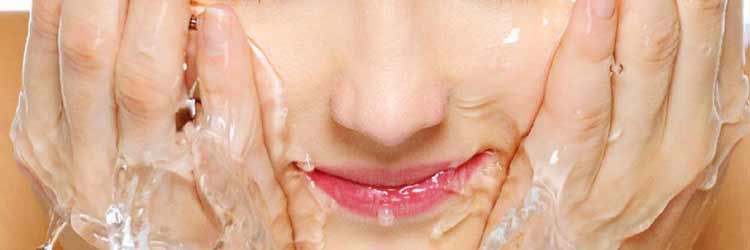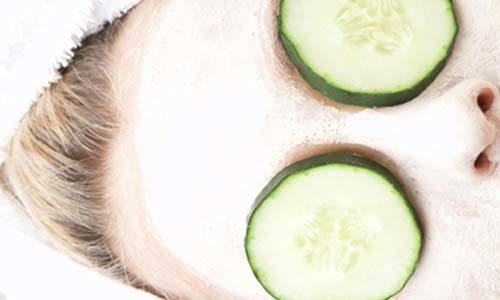Does the thought of spending 20 minutes every day applying skin care products seem tiresome? Don’t worry – a skin care routine can be as simple or complicated as you like. What’s more important is that it’s the right one for your skin type.
Caring for your skin: The universal routine
While different skin types require different products, all types of skin need a common skin-care regimen – cleansing, toning, moisturising, exfoliating and a facemask.
Cleansing

– First, wash your hands with soap and warm water so you don’t transfer any bacteria to your skin.
– Gently pat your skin with warm water or you could also steam your face to open up your pores.
– Apply the cleanser on your skin and rub in circular motions. Leave it on for a minute or two to dissolve all the dirt and makeup.
– Wash it off with warm water.
Toning

– A state-of-the-art toner can enhance your skin’s surface, giving it what it needs to look fresher, smoother and hydrated. It can also serve to remove any last traces of makeup your cleanser might not have gotten to.
– Pat your face dry with a towel after you cleanse and wait for a few minutes.
– Apply a small amount of the toner on a cotton pad and wipe it all over your face except around the eyes.
– Give the toner a few minutes to dry off. Do not rinse it off.
Moisturising
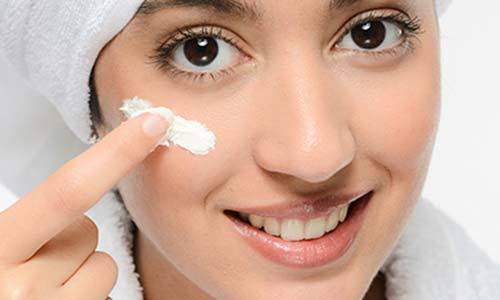
– A number of moisturisers are available designed specifically for the different skin types. But, certain ingredients like collagen and antioxidants are good for all.
Exfoliating
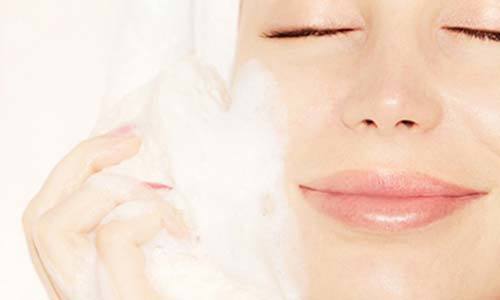
– Before using an exfoliator, remove your makeup first and follow it up immediately with a suitable moisturiser.
Facemasks
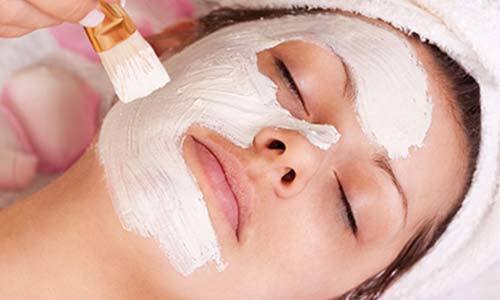
– Before applying a face mask, cleanse your skin gently and open up your pores with warm water. Choose one that best suits your skin type.
Skin care routine for oily skin
Oily skin is characterised by the typical dull or shiny complexion, large pores, blemishes and pimples – the result of more than usual number of active sebaceous glands under the upper skin layer. Taking care of oily skin is easy with the right products and a meticulous skin-care regimen.
1. Cleansing
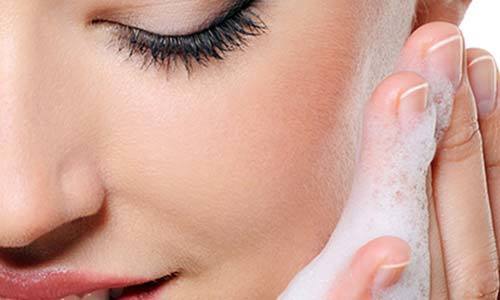
– Choose a cleanser with salicylic acid or benzoyl peroxide. These compounds soothe acne prone skin and can reduce blemishes in the long run.
2. Toning

3. Moisturising
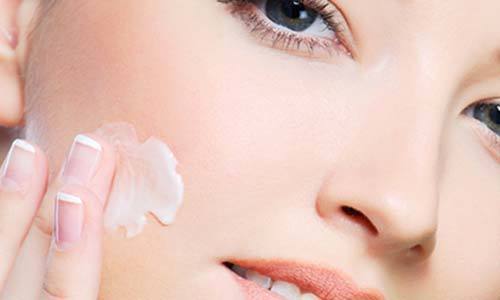
– Moisturisers with salicylic acid, alpha-hydroxyl acid or benzoyl peroxide nourish the skin and reduce the occurrence of blemishes.
4. Exfoliating
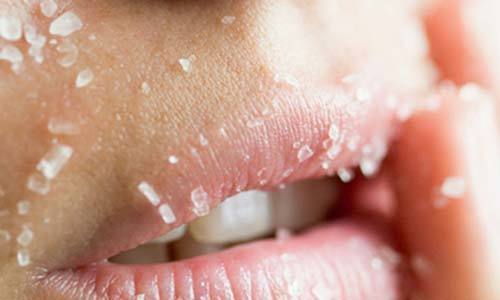
– While it may be tempting to exfoliate often, too much of it could aggravate your oil glands making your skin oilier.
5. Facemask
- Pick products with salicylic acid and sulfur – both of which are proven to fight bacteria and absorb excess oil and sebum trapped in your pores.
Skin care routine for dry skin
If your skin feels tight with a dull complexion, almost invisible pores, then you have dry skin. Dry skin is caused due to lack of hydration, prolonged usage of harsh chemicals, vitamin deficiencies or ageing. Let’s take a quick look at the recommended dry skin care regime:
1. Cleansing

2. Toning

3. Moisturising
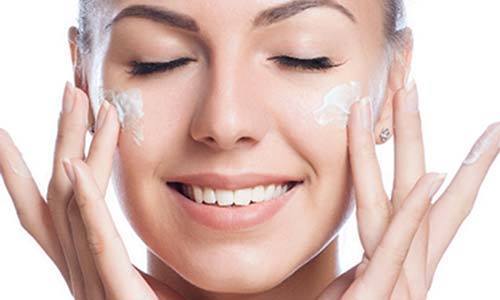
– Moisturisers with essential oils like tea tree oil and olive oil work best on dry skin.
4. Exfoliating
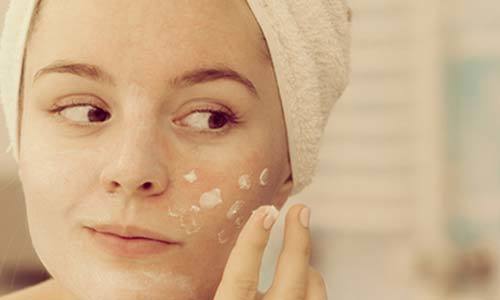
5. Facemask

Skin care routine for combination skin
Combination skin is a mix of just about every skin type. If you tend to be more oily around your nose, chin, forehead area but dry around your cheeks, you have combination skin.
1. Cleansing
- Combination skin requires a combination of cleansers. Use cleansers for the dry skin around your cheek area and oily skin products around your T-zone for best results.
2. Toning
- If you have combination skin, pick toners that come with a healthy dose of skin-repairing ingredients like antioxidants and cell-communicating ingredients.
- A good toner for combination skin combines the qualities of oily and dry skin toners – it does not dry your skin and soothes your oily zones.
3. Moisturising
- Combination skin requires special care. Use a gel-based moisturiser on your T-zone (nose and forehead) and soothe the dry areas (cheeks) with a heavier formula.
4. Exfoliation
- A neutral exfoliating face wash with gentle exfoliating properties works best for combination skin type. Just give your exfoliator a few minutes extra around your T-zone and be gentle on the cheek area for best results.
5. Facemasks
- Add that glow to your combination skin with fatty acids that cleanse, add a natural glow and hydrate the dry areas on your face.

